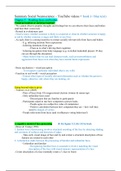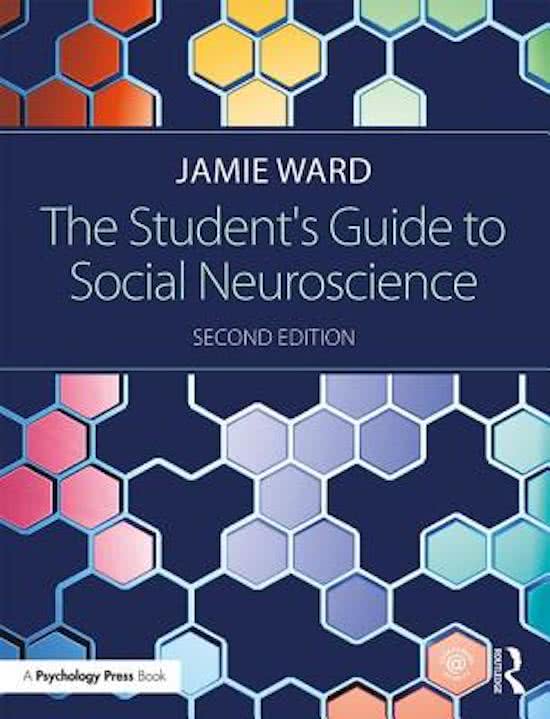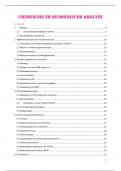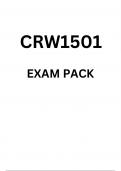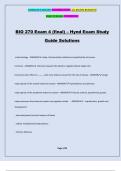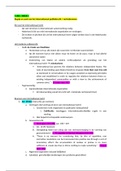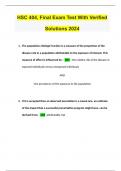Samenvatting
Summary Social Neuroscience (for MC exam chapters 5-7)
- Instelling
- Tilburg University (UVT)
Summary of Social Neuroscience for the first MC exam of chapter 1-4. I summarised the YouTube videos of Jamie Ward and added information from the textbook (in blue text)! Good luck :)!
[Meer zien]
